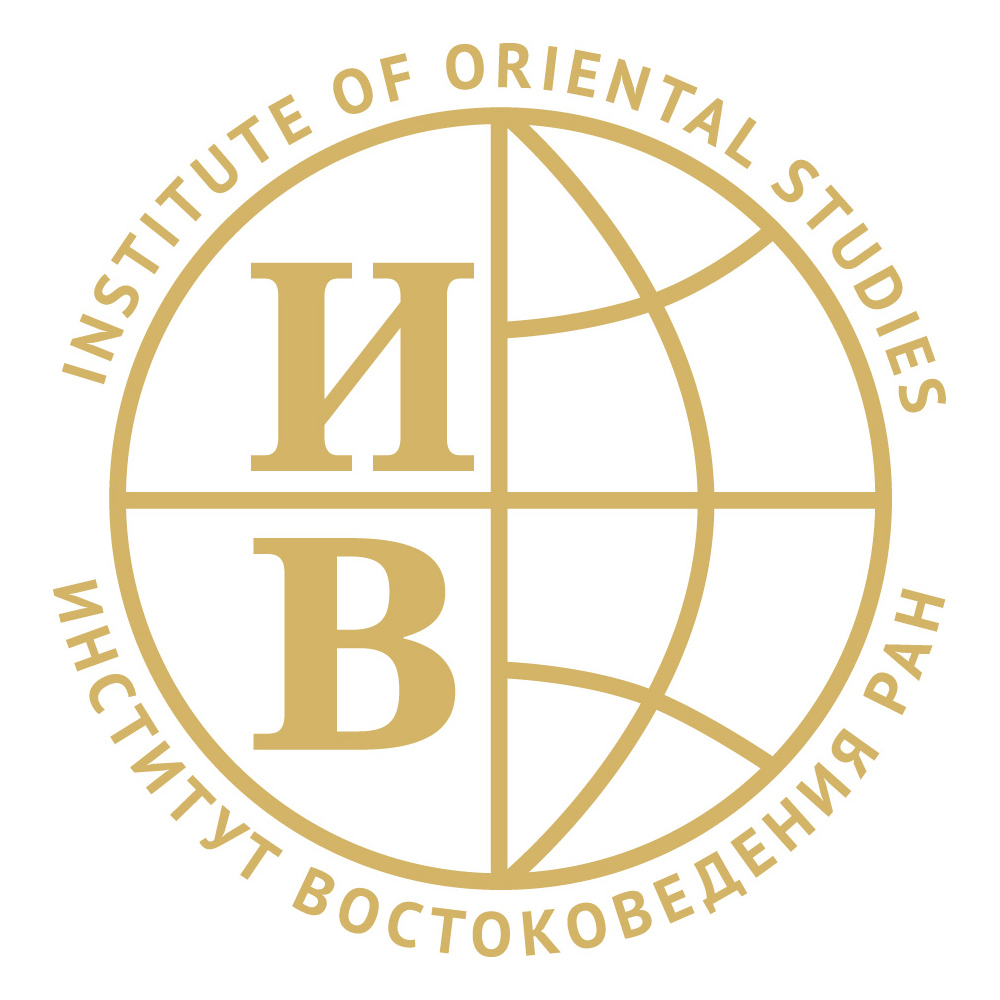Late in April during a meeting with Jordanian journalists King Abdullah II reiterated his country’s commitment to the peaceful solution of the Syrian conflict, adding that Jordan will keep its military in combat readiness in order to prevent any conflict spillover across the border onto its territory.
The King then stated that, “We will not allow the developments in Syria to pose threats to Jordan. We are continuing with our policy of deep defence without the need to have the Jordanian army involved inside the Syrian territories.”
The King’s aforementioned statement, along with other Jordanian official statements, clearly demonstrates that the news about Jordanian troops in Syria can be labeled ‘fake news’, the kind the media has been awash with since Trump’s election.
What could then be behind these and similar allegations and fake news reports about the Syrian war situation and peace negotiation attempts, and why should they appear now?
A look back at recent developments in the diplomatic circles, including the US and its Arab allies, where Jordan plays prominent role as a peace broker, including Syrian and the Palestinian-Israeli files, there are evidently elements both in the US political establishment and elsewhere that prefer the continuation of conflict to peace.
For example, during the last round of Syrian peace negotiations in Astana, Kazakhstan a tripartite agreement on establishment of ‘de-escalation zones’ in Syria was signed, with Russia, Iran and Turkey as guarantors. While the US administration welcomed the ‘safe zones’, the anti-Trump establishment attacked it and liberal media continued with familiar tune that America ‘should do more’, calling for military involvement in both Syria and Iraq.
Shortly after the safe zones agreement was reached, president Trump hosted Russian Foreign Minister Sergei Lavrov and the ambassador to the US, Sergey Kislyak. Right after the meeting the uncorroborated reports appeared in the leading US media that the US president has shared sensitive intel with the Russians, allegedly endangering an ally’s spy embedded within the ISIS/Daesh ranks.
Israeli media claimed the intel sharing put the life of its agent in jeopardy, while some Arab media disputed it saying the ally in question was Jordan. Israel complained that the intel sharing was undermining its efforts to establish an historic alliance with some Gulf Arab states.
The key issue regarding the intel sharing claim is the timing of the news release and its effects on the efforts of the US president to resolve the problems inherited from previous administrations while establishing credibility in the eyes of the electorate.
Since inauguration Trump and his close associates have been targeted by the US mainstream media on diverse accounts, including his campaign promise to collaborate with all countries, including Russia. The Trump Russian connection saga culminated in ‘Russia hacking the elections’ claims, and the subsequent dismissals and resignations of number of Trump’s key allies.
Until today the war within the US establishment against Trump has not ceased, in fact, it seems to have intensified. Following the establishment of the Syrian de-escalation zones spearheaded by Russia, and Trump’s meeting with two Russian diplomats, the US president’s antagonists had to turn up the heat. So, it is likely that the whole story regarding intel sharing is in most part fabrication aimed to undermine Trump as president, as well as derail his efforts to find the solution for the Palestinian – Israeli issue where both Jordan and Israel are important actors.
Jordan has played a prominent role in promoting two-state solution for Palestine issue, and in anti-terrorism efforts in Syria and Iraq, hence those who oppose either may seek to undermine Jordan’s reputation as a reliable partner of both Russia and the US. Such unsubstantiated media claims have only one purpose – spoiling relationships.
In a similar vein, claims of Jordan’s troops intervening in Syrian south seek to undermine the efforts the kingdom has made in preserving its own security amidst mayhem on its doorstep, while building cooperation with both the US and Russia – two major international actors in the region.
Various Jordanian officials, including Jordan’s King, consider Russian role in Syria crucial in diminishing terrorist activities in the country. Jordan and Russia face similar situation in Syria, regarding terrorism, as the kingdom does. Around the same number of Russian citizens have joined terrorist ranks in Syria, as have Jordanian, so Jordan understands Russia’s vital need to prevent these fighters from returning home, carrying out terrorist acts and indoctrinating others on Russian territory. Latest statement of Russian Foreign Minister Lavrov is a proof of this, as he stated that Russia will destroy ISIS/Daesh terrorists in every part of Syria.
As for Russia so for Jordan – geography is destiny. Jordan’s central location in the Middle East determines its foreign policy orientation. Situated in the heart of the Middle East the Kingdom is deemed an oasis of peace and stability in the region fraught with peril and an important partner by both Russia and the West. As its future hinges on the regional security and stability relationships with all countries, especially those with high stakes in the Middle East are paramount. Riddled with the problem of Syrian, Iraqi and Palestinian refugees Jordan seeks to balance its foreign relations in line with its national security interests.
The security of the Syrian southern border is of great concern to Jordan, and the quickest possible reestablishment of law and order, and cessation of hostilities in Syria are very much in Jordan’s interest. As the global powers have stepped up anti-terrorist efforts, including Russia and the US-NATO and its Arab allies, Syrian Army will succeed in reestablishing control over the country. Government retake of territorial control and elimination of terrorist pockets would enable the refugees to return to their homes, and most importantly, relieve the economic and security burden the refugee issue has placed on Jordan.
Whether we like or dislike Assad, he is a legitimate president of the Syrian Arab Republic, according to the international law. Every country in the world has political opposition, and whether it has a say in a particular country’s governance is an internal issue of each country.
The world has witnessed the outcomes of Iraqi, and Libyan regime change interventions. Egypt had also ousted its long-term president Mubarak during the so-called ‘Arab Spring’ only to elect an even worse one, who within a year managed to bring country’s economy and security to the brink of collapse, and had to be removed by a military coup.
International relations studies recognize that every country’s road to democracy takes a different trajectory, and the majority of political experts today admit that Syrian conflict was not entirely of internal making. As for the Hashemite Kingdom of Jordan, it is certainly not its job to decide the ruler of Syria. This is the matter that Syrian people have to decide on through a political process embedded within the country’s constitution and the norms of the international law. No country, including Jordan, would like outsiders to dictate its system of governance, and the same goes for Syria. Moreover, Jordan sees no threat from the current government of Syria, and has no intention of sending its troops to fight on its territory as doing so would represent the breach of its neighbors sovereignty and territorial integrity – which Jordan respects and will continue to respect.
Shehab Al Makahleh is a co-founder of Geostrategic Media, author, security and policy analyst





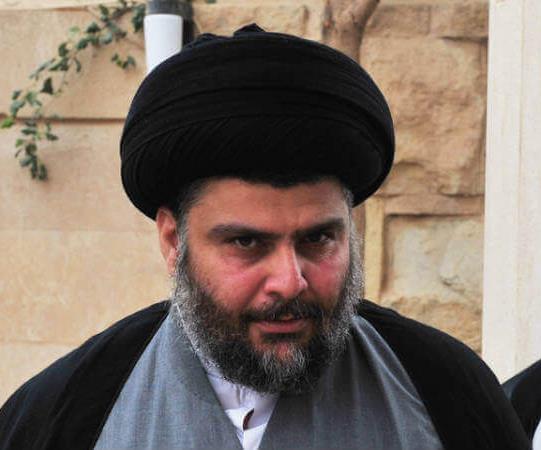 Seeing Iraq regain stability serves as a source of panic for some in the region.
Seeing Iraq regain stability serves as a source of panic for some in the region. Article by Shehab Al-Makahleh and Maria Dubovikova
Article by Shehab Al-Makahleh and Maria Dubovikova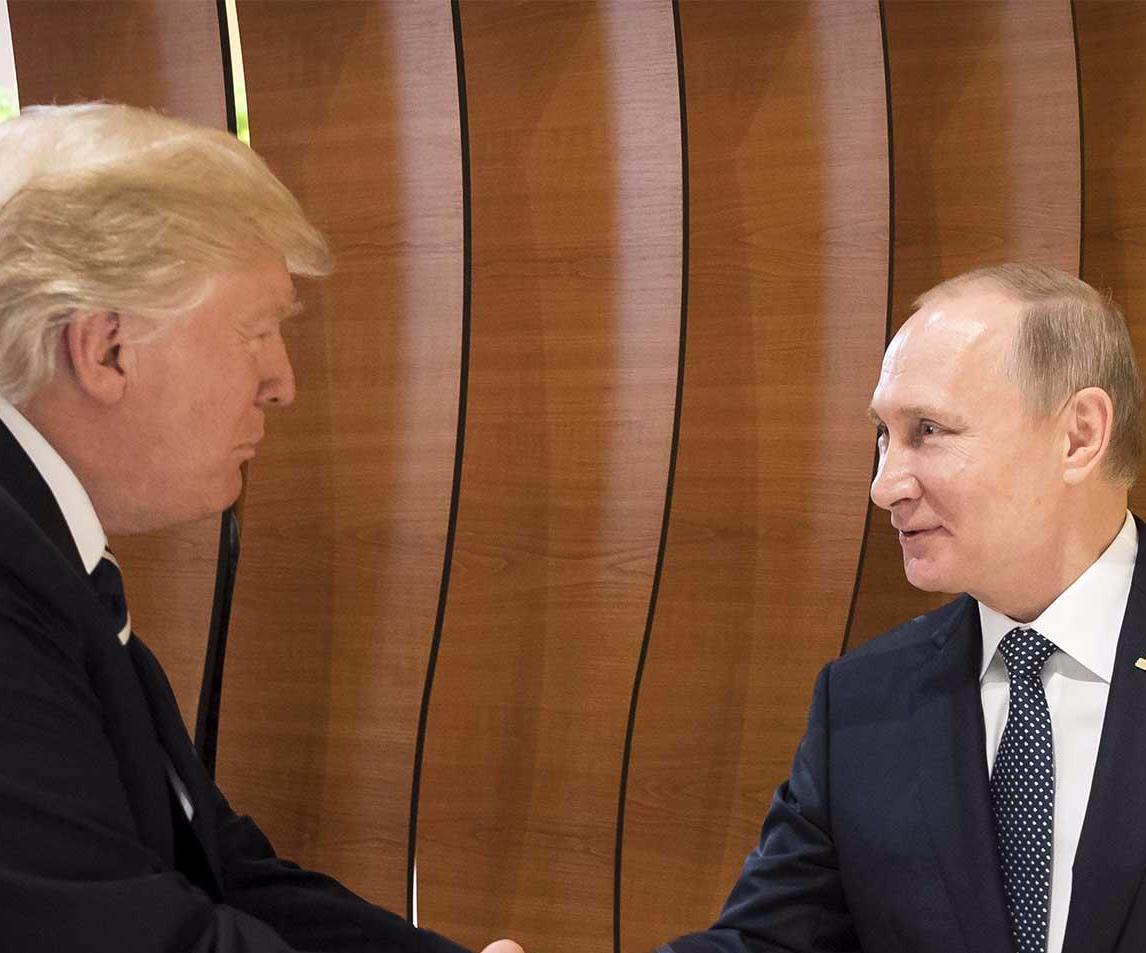 The main result of the meeting between Russian President Vladimir Putin and his American counterpart, Donald Trump, on the sidelines of the G20 summit in Hamburg on 7 July 2017 was a ceasefire agreement for a de-escalation zone in the governorates of Daraa, Quneitra and As-Suwayda in southwest Syria and on setting up a ceasefire monitoring center in Amman.
The main result of the meeting between Russian President Vladimir Putin and his American counterpart, Donald Trump, on the sidelines of the G20 summit in Hamburg on 7 July 2017 was a ceasefire agreement for a de-escalation zone in the governorates of Daraa, Quneitra and As-Suwayda in southwest Syria and on setting up a ceasefire monitoring center in Amman. The Kremlin is seeking to flesh out the idea of creating four de-escalation ("safe") zones in western war-torn Syria while trying to help President Bashar al-Assad regain control of lost territories in the east. When it comes to the west, Moscow is talking about the de facto end of the civil war and aims to covertly weaken the Syrian opposition. As for eastern Syria, Russia is trying hard, though discreetly, to distance itself from the
The Kremlin is seeking to flesh out the idea of creating four de-escalation ("safe") zones in western war-torn Syria while trying to help President Bashar al-Assad regain control of lost territories in the east. When it comes to the west, Moscow is talking about the de facto end of the civil war and aims to covertly weaken the Syrian opposition. As for eastern Syria, Russia is trying hard, though discreetly, to distance itself from the 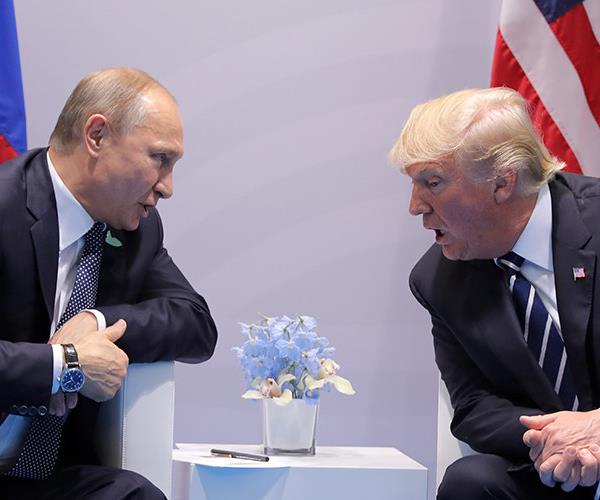 G20 Summit was much awaited globally, and mostly not because of its format and discussions, but because of the top level bilateral meetings regularly held on its sidelines. The most intriguing talks were the first meeting between Donald Trump and Vladimir Putin, that lasted over two hours, giving impression that the two leaders enjoy company of each other. However, agreements or significant declarations were not expected, while some breakthrough has been achieved. And the achievement doesn’t concern Russia-US bilateral ties, that remain at their low, but Syria issue, as countries seem to have finally found the common ground on the Syria matter.
G20 Summit was much awaited globally, and mostly not because of its format and discussions, but because of the top level bilateral meetings regularly held on its sidelines. The most intriguing talks were the first meeting between Donald Trump and Vladimir Putin, that lasted over two hours, giving impression that the two leaders enjoy company of each other. However, agreements or significant declarations were not expected, while some breakthrough has been achieved. And the achievement doesn’t concern Russia-US bilateral ties, that remain at their low, but Syria issue, as countries seem to have finally found the common ground on the Syria matter.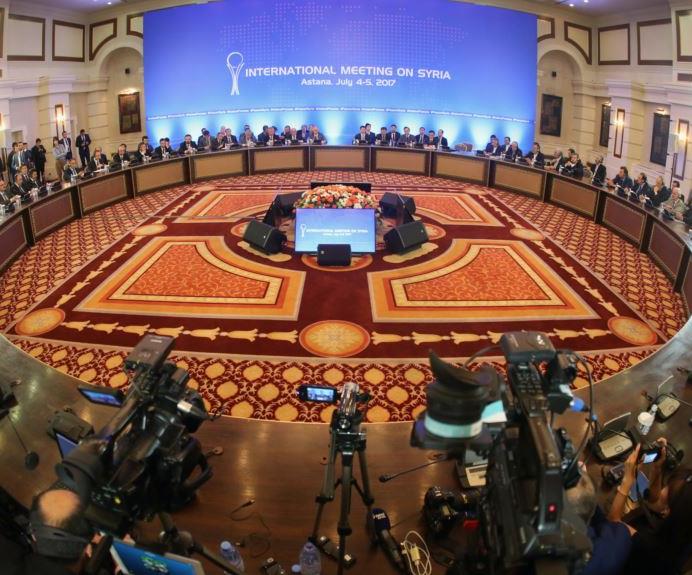 Diplomats from Russia, Iran, Turkey, and the United States have begun a fifth round of Syria peace talks in Astana with the Syrian government and representatives of some Syrian opposition groups to help Syria move to the next phase of defusing tension in all area to restore the country’s peace and stability as the country has been locked in a vicious conflict since early 2011
Diplomats from Russia, Iran, Turkey, and the United States have begun a fifth round of Syria peace talks in Astana with the Syrian government and representatives of some Syrian opposition groups to help Syria move to the next phase of defusing tension in all area to restore the country’s peace and stability as the country has been locked in a vicious conflict since early 2011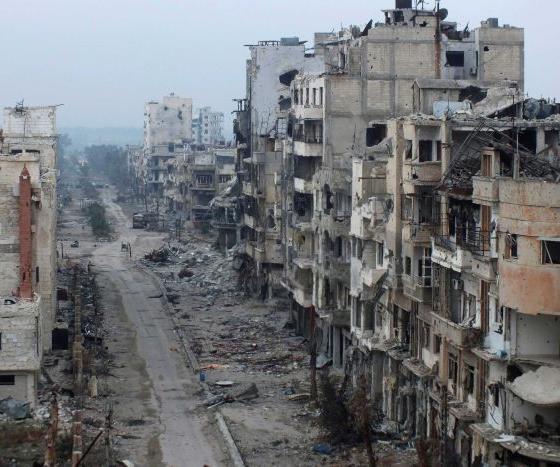 The next round of Syrian peace talks in the Kazakh capital Astana, scheduled for July 10, will coincide with a fresh round of UN-sponsored talks in Geneva. These diplomatic efforts come as the situation on the ground is becoming more tense, with Russia and the US close to direct confrontation in Syria.
The next round of Syrian peace talks in the Kazakh capital Astana, scheduled for July 10, will coincide with a fresh round of UN-sponsored talks in Geneva. These diplomatic efforts come as the situation on the ground is becoming more tense, with Russia and the US close to direct confrontation in Syria.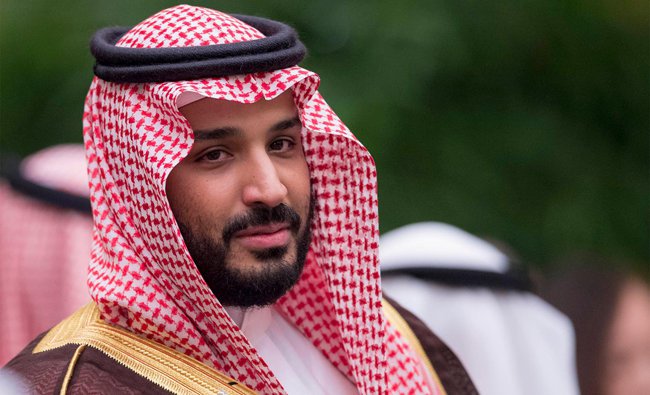 Without a hint that a GCC-Qatar rift tearing apart the fabric of the regional stability and cooperation resolution is anywhere in sight, ill and aged Saudi king Salman via a royal decree, Wednesday morning declares his 31-year-old son, Mohamed bin Salman (MBS) a new crown prince. Naming of the young crown prince along with a number of other young appointees, completes important leadership shift to a new generation in a country with more than half of population under the age of 25, and a desperate need for social, political and economic reform.
Without a hint that a GCC-Qatar rift tearing apart the fabric of the regional stability and cooperation resolution is anywhere in sight, ill and aged Saudi king Salman via a royal decree, Wednesday morning declares his 31-year-old son, Mohamed bin Salman (MBS) a new crown prince. Naming of the young crown prince along with a number of other young appointees, completes important leadership shift to a new generation in a country with more than half of population under the age of 25, and a desperate need for social, political and economic reform.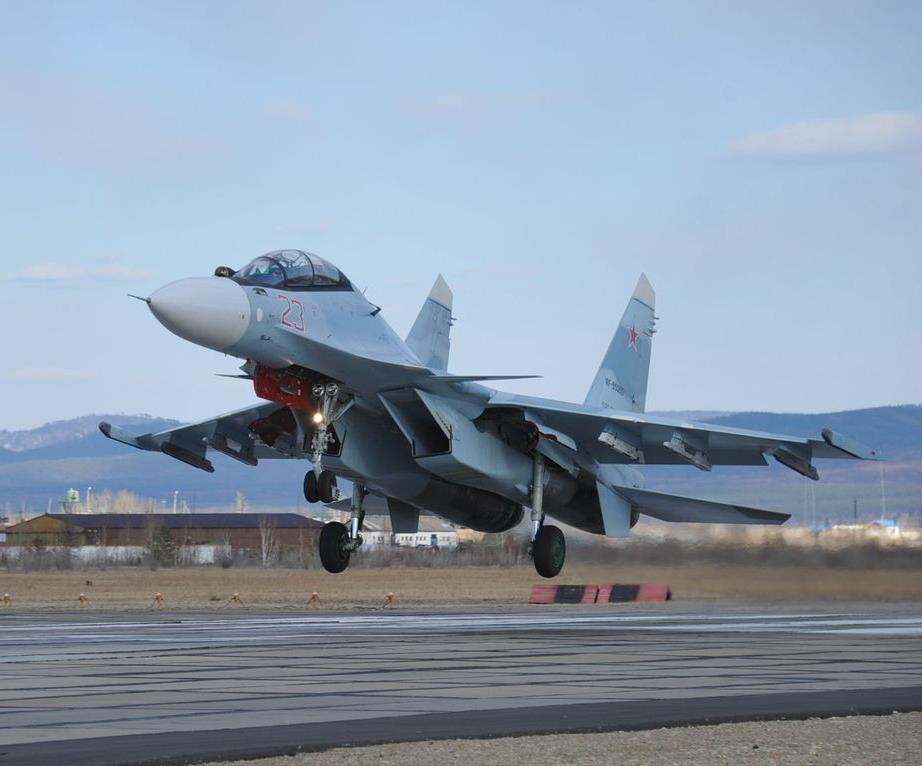 On the 16th of June Russian Ministry of Defense announced that according to preliminary data Russian air force liquidated the leader of ISIS Abu Bakr Al-Baghdadi on the 28th of May in the Southern suburbs of Raqqa. The message hit headlines worldwide and Russian politicians and several mainstream experts declared that they had no doubts in professionalism of Russian military and believed that no one else but them should eliminate the leader of the hydra.
On the 16th of June Russian Ministry of Defense announced that according to preliminary data Russian air force liquidated the leader of ISIS Abu Bakr Al-Baghdadi on the 28th of May in the Southern suburbs of Raqqa. The message hit headlines worldwide and Russian politicians and several mainstream experts declared that they had no doubts in professionalism of Russian military and believed that no one else but them should eliminate the leader of the hydra.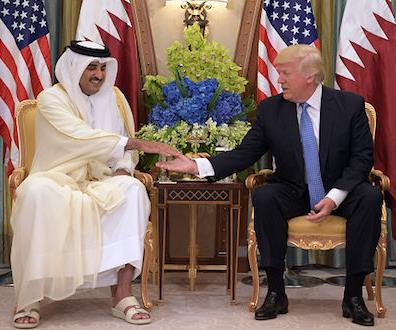 Following the Pentagon’s June 14, 2017 statement on a military deal regarding a squadron of 35 F-15 jets delivery to Doha, expectations are ramping up for a cluster of tranquility in the Gulf diplomatic mess which could have paved the way for a military confrontation between four countries against Qatar, as they blame Doha for funding and supporting terrorism in the region.
Following the Pentagon’s June 14, 2017 statement on a military deal regarding a squadron of 35 F-15 jets delivery to Doha, expectations are ramping up for a cluster of tranquility in the Gulf diplomatic mess which could have paved the way for a military confrontation between four countries against Qatar, as they blame Doha for funding and supporting terrorism in the region. The recent visit to Moscow of Mohammed bin Salman, the deputy crown prince and defense minister of Saudi Arabia, didn't make many headlines. However, given the
The recent visit to Moscow of Mohammed bin Salman, the deputy crown prince and defense minister of Saudi Arabia, didn't make many headlines. However, given the 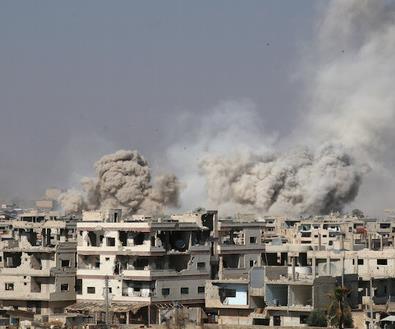 As Russia and the United States are holding
As Russia and the United States are holding 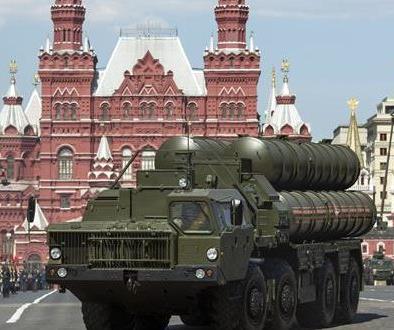 Few days ago Russian president Putin stated Russia’s readiness to supply Turkey with advanced S-400 air defense systems. Turkey’s spat with the EU and growing discord with the NATO may be reason behind Turkey’s demand for Russian weapons. For its Arab neighbors the key question is whether this move is aimed against the newly proposed ‘Arab NATO’ or just a Turkish self-defense response following Washington’s arming of Syrian Kurds.
Few days ago Russian president Putin stated Russia’s readiness to supply Turkey with advanced S-400 air defense systems. Turkey’s spat with the EU and growing discord with the NATO may be reason behind Turkey’s demand for Russian weapons. For its Arab neighbors the key question is whether this move is aimed against the newly proposed ‘Arab NATO’ or just a Turkish self-defense response following Washington’s arming of Syrian Kurds. 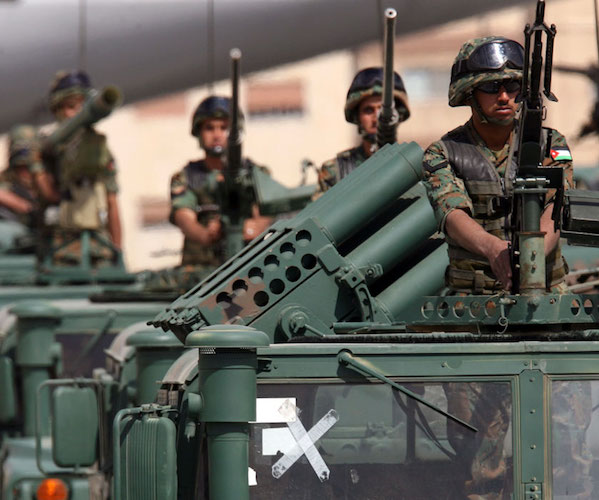 Jordan’s official stance regarding Syrian conflict supports peaceful resolution, yet reports have appeared in the media claiming that the kingdom is readying for a ground invasion of Syria. As “Eager Lion” military exercises in Jordan this year coincided with the intensified anti-terrorist fighting along Jordan-Syrian border, the media speculated about the US, British and Jordanian joint plan to send ground troops across the Syrian border. The news triggered brief war of words between Syria and Jordan, while Jordanian officials reiterated that no Jordan’s troops will be sent to Syria.
Jordan’s official stance regarding Syrian conflict supports peaceful resolution, yet reports have appeared in the media claiming that the kingdom is readying for a ground invasion of Syria. As “Eager Lion” military exercises in Jordan this year coincided with the intensified anti-terrorist fighting along Jordan-Syrian border, the media speculated about the US, British and Jordanian joint plan to send ground troops across the Syrian border. The news triggered brief war of words between Syria and Jordan, while Jordanian officials reiterated that no Jordan’s troops will be sent to Syria. 


